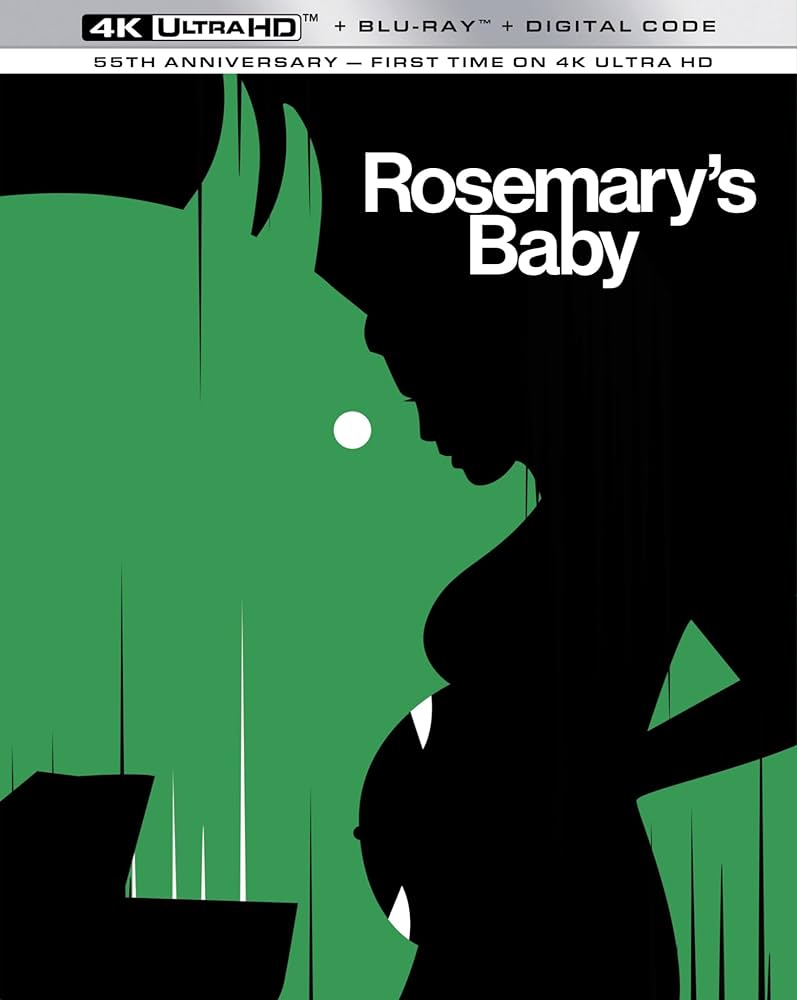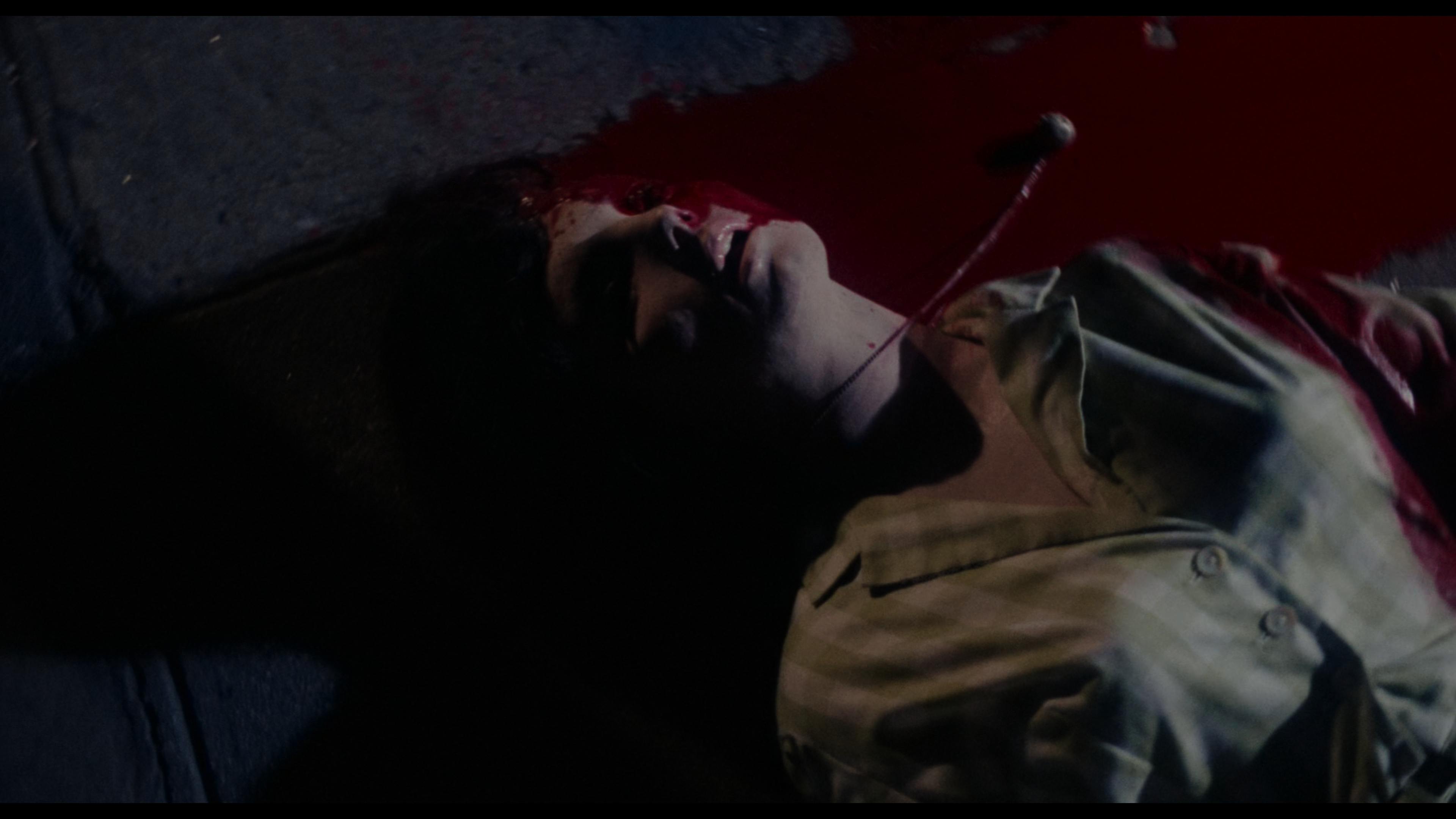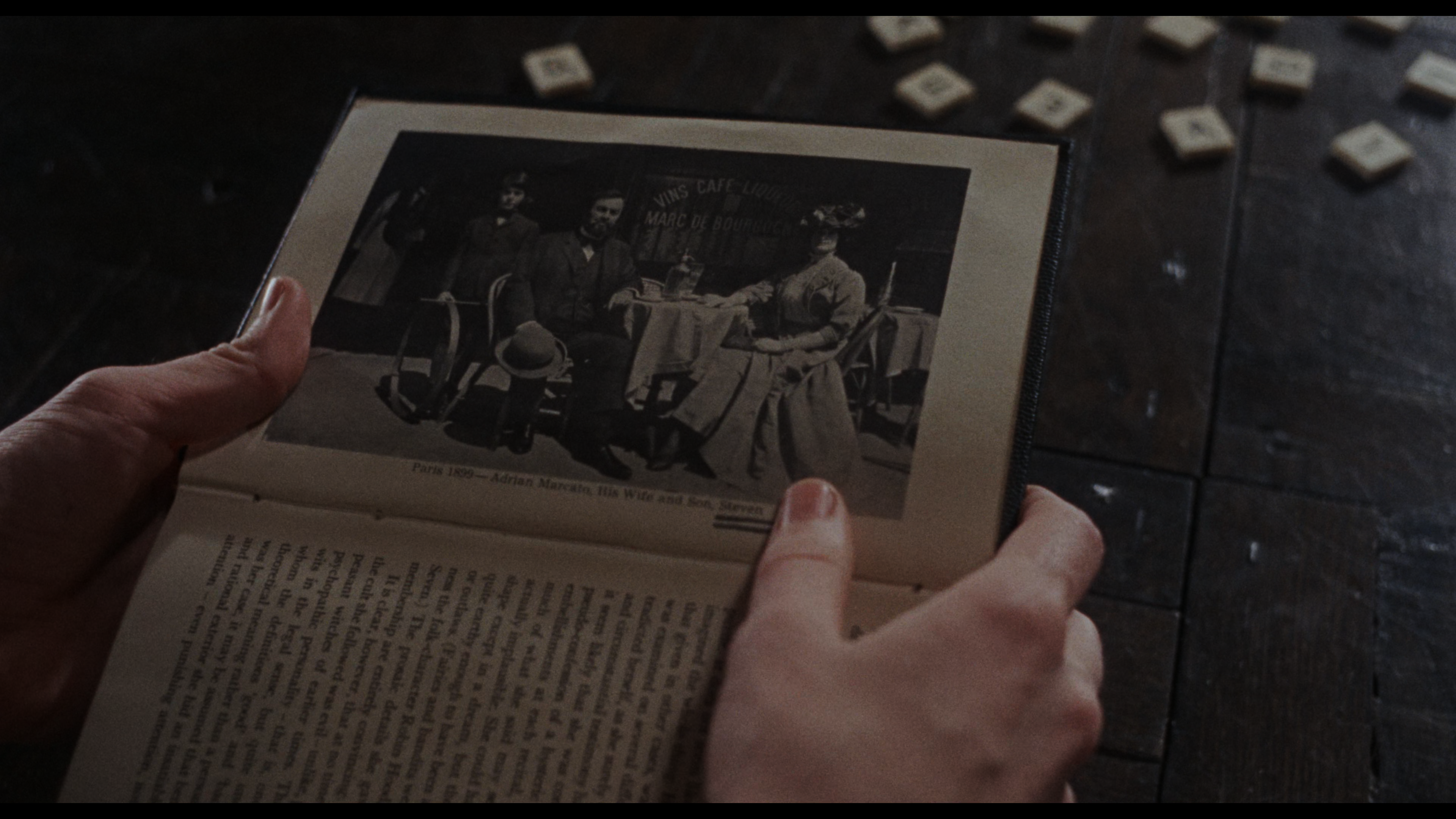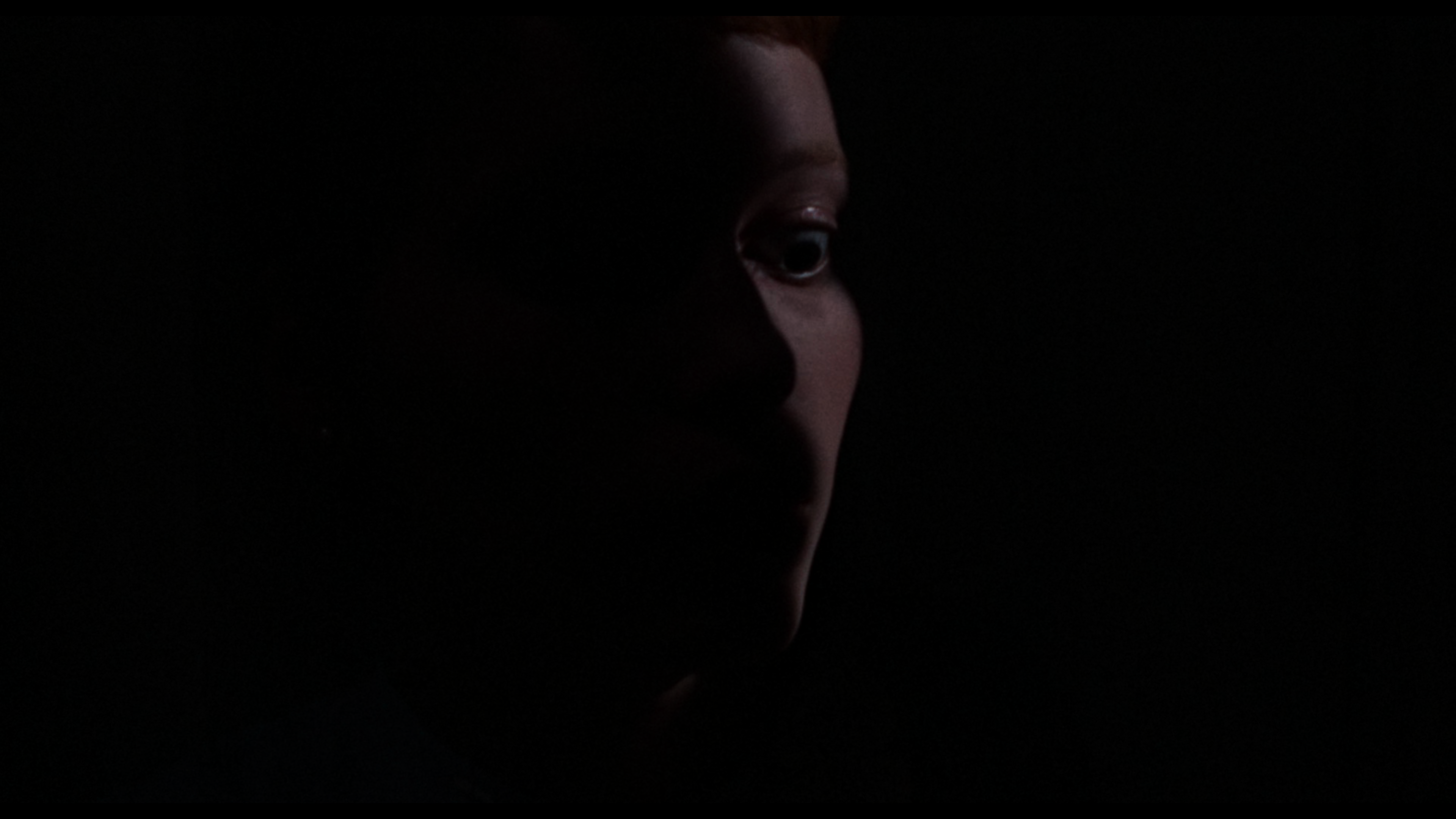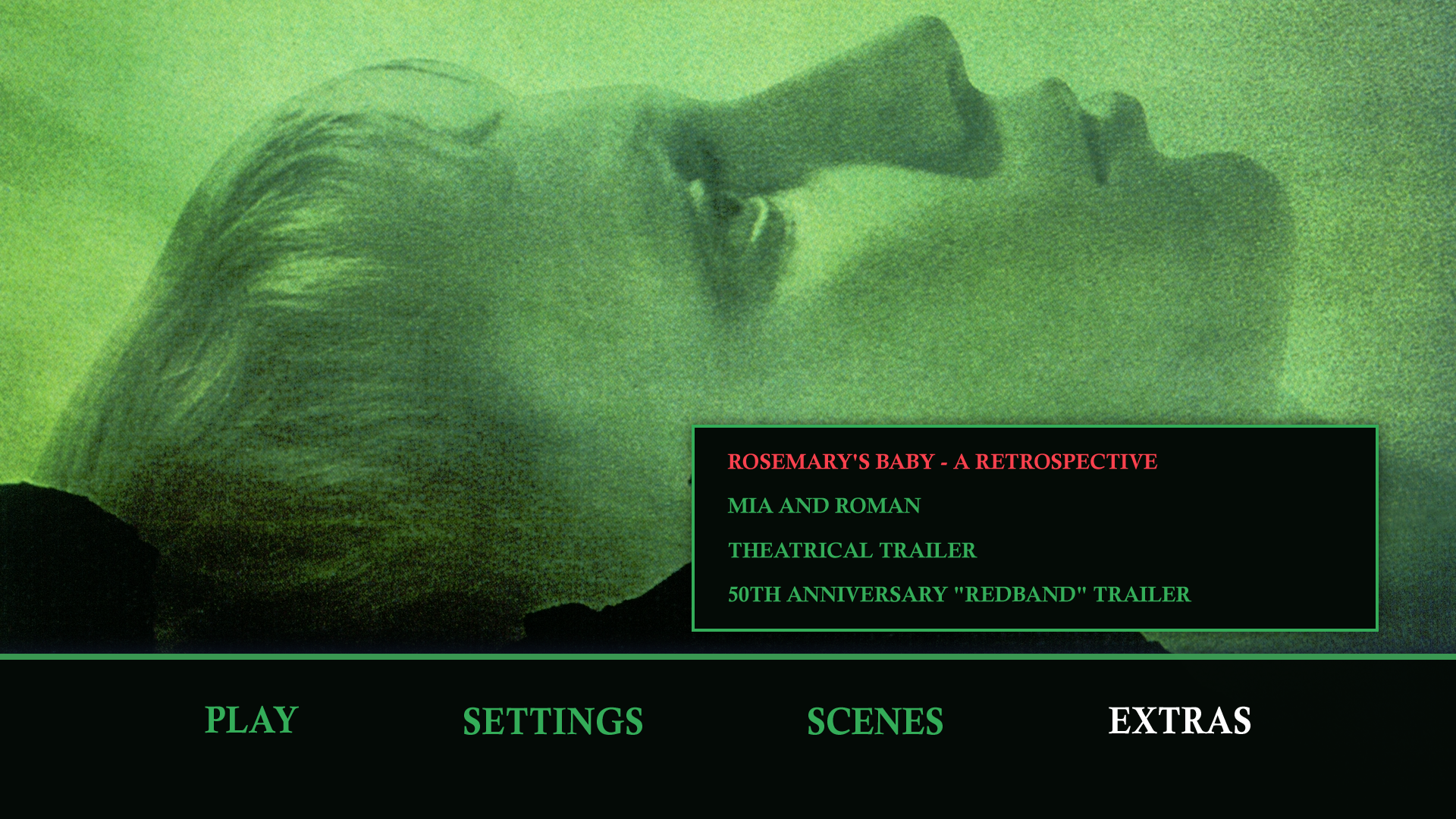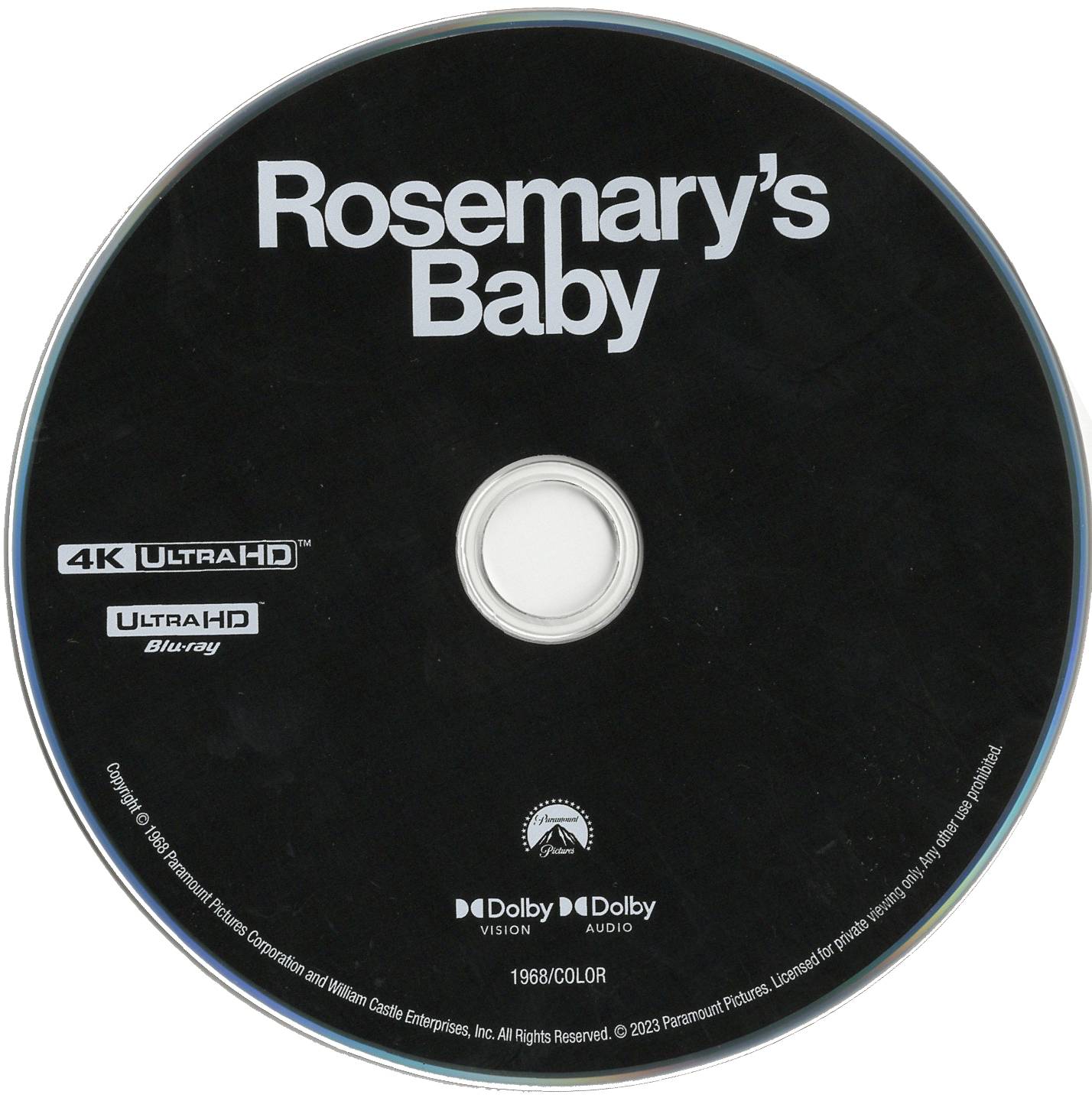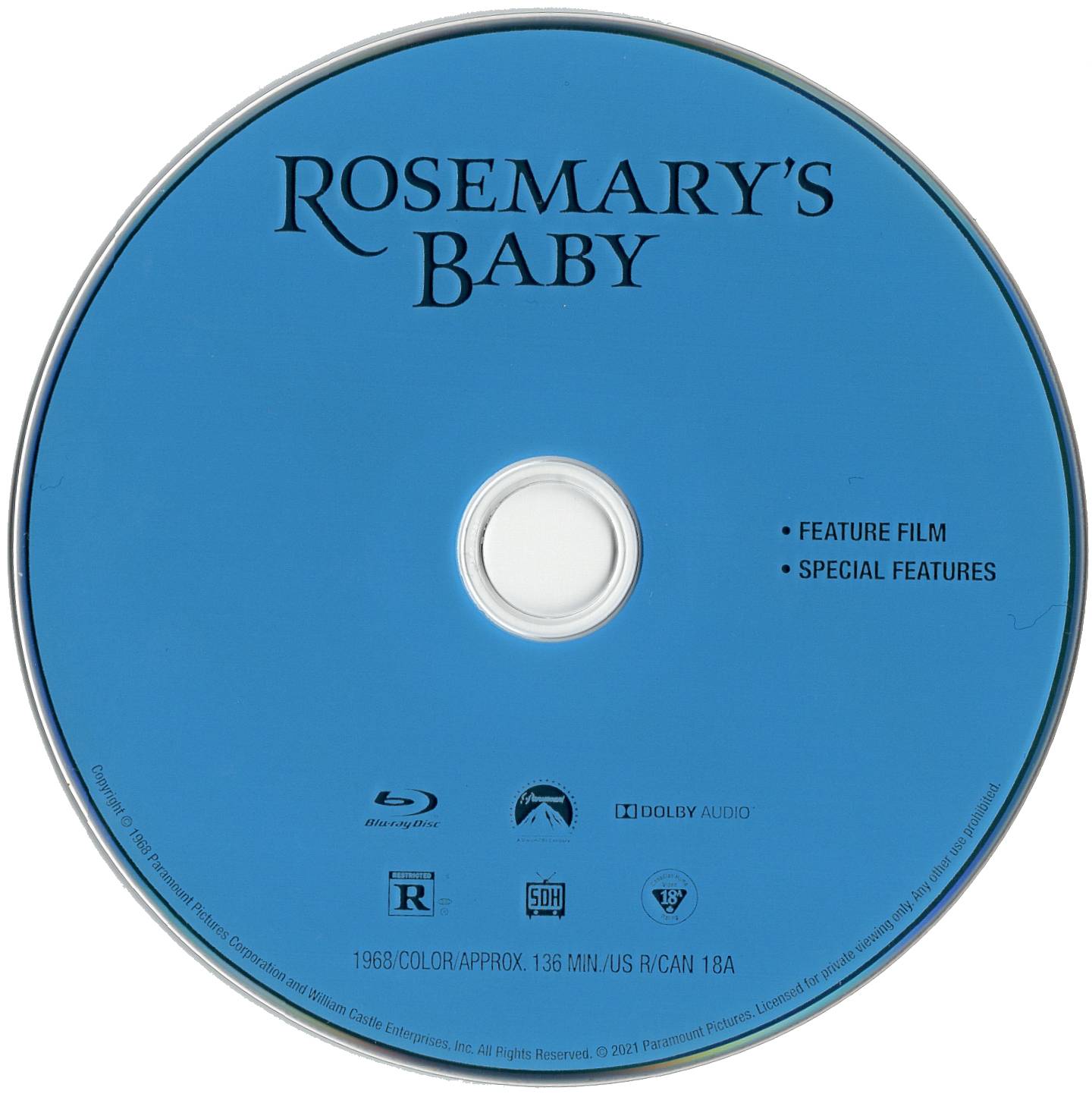
Ironically, Roman Polanski’s 1968 film Rosemary’s Baby is about female agency. It’s still widely lauded as one of the most influential horror movies of all time, and interestingly enough, throughout much of the runtime Polanski hides a lot of the outright horror in favor of lightly hinting at the supernatural and making viewers more terrified of the choices from questionable people that populate the cast. Rosemary’s Baby isn’t interested in visceral terror; it instead lingers on the tension of expectation, much like parents experiencing their first pregnancy. The unknown becomes the most compelling, and frightful, moments of the film.
Mia Farrow plays an excellent Rosemary, at first excited about her new apartment and willing to open up to her neighbors Minnie and Roman Castavet (Ruth Gordon and Sidney Blackmer, respectively) even if they do seem a bit bizarre. Initially there’s a youthful air to Rosemary exhibited in her actions, her look, and her hopes for future childdren; and once she’s pregnant, Farrow tamps down that aura to become a much more sick and debilitated woman, cutting off her hair, shedding the once-bright colors she used to wear, and taking on a concernedly ashy pallor.
All of this, of course, is due to the witchcraft and satanic rituals performed on her, from tannis root to the actual group orgy that she thinks she dreams. Possibly the most frightening element of the film is the fact that her husband Guy (John Cassavetes) is also involved, so wrapped up in his own aspirations that he never takes Rosemary’s well-being into consideration at all – note the ending, where he says she wasn’t hurt, “not really.” The fact that Ira Levin’s character is named Guy isn’t lost either – this is an everyman, any man, who could do such a thing.
Rosemary’s Baby isn’t outright scary, but the tension of not knowing – and seeing Rosemary’s sudden metamorphosis – fuels the film’s horror. At its heart, the movie explores Rosemary’s lack of agency in her own pregnancy; not just that she wasn’t even part of the discussion about a satanic ritual or present at the copulation, but also that she’s not even able to make her own decisions about which doctor she’ll see or what medicines she’ll take. Even when she seeks help from another doctor, he just calls the men in her life who have already dictated the direction of her pregnancy. The ending might seem horrific – that Rosemary is forced to accept a baby who, if the cult is correct, will usher in an apocalypse – but it’s really Rosemary grabbing at power; she’s the one who makes the decision to raise the baby, a motherly bond that can’t be broken.
While some contemporary viewers watching for the first time might expect more visceral scares from Polanski’s landmark classic, experiencing the film’s subtleties is often the most enjoyable part. Polanski’s direction is excellent, the set design is eye-catching, and overall Rosemary’s Baby delivers a devilish experience that is much more nuanced than a synopsis that basically boils down to “spawn of Satan.”
4K UHD
Paramount has released Rosemary’s Baby on 4K UHD in both a standalone version and as part of the new Paramount Scares Vol. 1 boxset. While there’s not any information about the 4K transfer included her, it has clearly been restored; since the Blu-ray version in this release is the previous Paramount disc, it’s easy to make a comparison of the image quality between the two. Here, the UHD restores the film’s original 1.85:1 aspect ratio that was modified on the Blu-ray, as well as making a noticeable difference to the color grading. The film’s Dolby Vision/HDR 10 offering features a warm palette that accentuates the summery yellows present in Rosemary’s apartment but also enriches the shadows and deep black lighting of some significant sequences. The overall image quality is not a huge improvement over the Blu-ray, but it does manage to offer up some additional details and textures, as well as eliminate some of the chunkier grain that the Blu-ray has. While not leaps and bounds better, this 4K still looks great, and the overall modifications to aspect ratio and HDR inclusion should entice fans to upgrade.
Paramount includes a number of lossy language tracks, but the main option for the UHD is a Dolby TrueHD 2.0 mono audio track that sounds quite robust for its age. Dialogue is strong without volume dropouts and the score by Krzysztof Komeda remains a visceral part of the film. English subtitles are included, as well as multiple language options.
The UHD disc features no extras; those are only included on the Blu-ray, and they are all archival supplemental features that were added to past features. A retrospective on the film is the longest option here, as well as an EPK-style look at Mia Farrow and Roman Polanski on set. A theatrical trailer and the 50th anniversary restored trailer are also included. The extras are easily the weakest part of this release considering the Criterion Collection Blu-ray had multiple items not included here.
Extra Features
- NEW 4K transfer with Dolby Vision/HDR10
- Rosemary’s Baby – A Retrospective (480i; 16:58)
- Theatrical Trailer (480i; 2:50)
- Mia and Roman (480i; 23:04)
- 50th Anniversary Red Band Trailer (1080p; 0:36)
Verdict
Rosemary’s Baby looks great on 4K mainly thanks to the correction of its aspect ratio and the inclusion of Dolby Vision that provides a strong alternative color grading to this release. Paramount’s release lacks extras, though, which does make it a bit harder to justify double-dipping if one already owns the stacked Criterion release.

